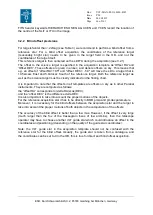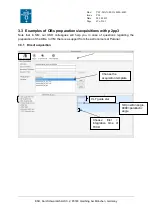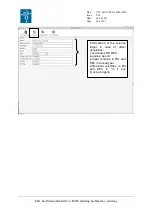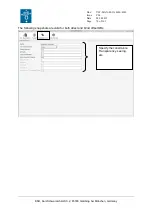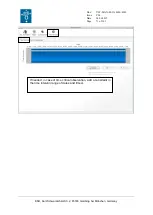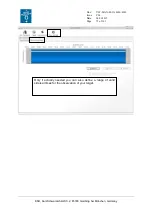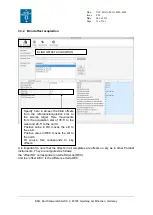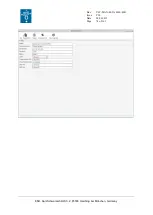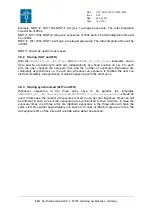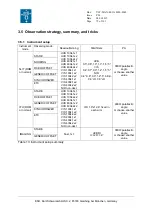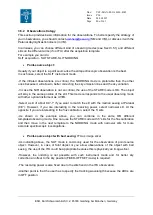
Doc:
Issue
Date
Page
VLT-MAN-ESO-14650-4942
P96
24.06.2015
78 of 161
ESO, Karl-Schwarzschild-Str. 2, 85748 Garching bei München, Germany
3.4.5 Fixed offset to sky (SLIT and IFU)
When observing extended objects for which there is no or not enough pure sky in the 11” slit
to
perform
a
good
sky
subtraction
one
should
use
the
template
XSHOOTER_slt_obs_FixedSkyOffset
or
XSHOOTER_ifu_obs_FixedSkyOffset.
It
allows alternating between an object (O) and sky position (S) with the possibility of adding a
small jittering around the object and the sky position. One cycle is a pair of OS or SO
observations. Cycles are repeated in OSSO sequences. For each arm, the user chooses the
number of exposures taken at each position and the exposure time (both identical for all O
and S positions). Exposures are asynchronous.
It is important to note that the offsets in all templates are offsets on sky as in other Paranal
instruments. They are computed as follows:
the “offset RA” corresponds to (delta RA)xcos(DEC),
and the “offset DEC” is the difference delta DEC.
3.4.6 Generic offset (SLIT and IFU)
These are the most flexible observing templates.
XSHOOTER_slt_obs_GenericOffset
and
XSHOOTER_ifu_obs_GenericOffset
allow the user to define any pattern by
providing a list of (cumulative) telescope offsets. This is particularly useful in case one wants
to map an object with several slit or IFU positons. The number of exposures taken at each
position and the exposure time (both identical at all positions) have to be defined. Exposures
are asynchronous. See also
. However, the number of sky and
object positions must be the same. This is as well the case for the exposure times.
Mapping (SLIT It is important to note that the offsets in all templates are offsets on sky as in
other Paranal instruments. They are computed as follows:
the “offset RA” corresponds to (delta RA)xcos(DEC),
and the “offset DEC” is the difference delta DEC.
3.4.7 and IFU) templates
In P96, 2 new templates called mapping in SLIT and IFU modes will allow the user to define
any pattern by providing a list of (cumulative) telescope offsets. This is particularly useful in
case one wants to map an object with several slit or IFU positons. The number of exposures
taken at each position and the exposure time has to be defined. Exposures are
asynchronous. See also
. Those templates allow different
number of exposures on sky or object positions.
It is important to note that the offsets in all templates are offsets on sky as in other Paranal
instruments. They are computed as follows:
the “offset RA” corresponds to (delta RA)xcos(DEC),
and the “offset DEC” is the difference delta DEC.



